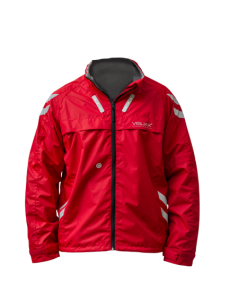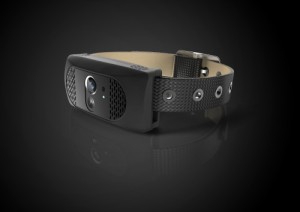 We wrote the other evening about Qardio’s winning a CEA Innovations award for wearable technology. It was not the only one: 18 products were so honored. The way this works is that companies submit products to a panel of high-powered judges in one (or more) of 27 categories. Finalists are named in each category, and the best 15 are showcased as Best of Innovations. No wearable product won one of those rarefied awards.
We wrote the other evening about Qardio’s winning a CEA Innovations award for wearable technology. It was not the only one: 18 products were so honored. The way this works is that companies submit products to a panel of high-powered judges in one (or more) of 27 categories. Finalists are named in each category, and the best 15 are showcased as Best of Innovations. No wearable product won one of those rarefied awards.
One of the rules of the game is that the product has to be new. It does not have to be shipping just yet; companies have until CES (early January) to get on the market. Most do; some don’t.
Not all of the Wearables winners are what we here consider wearables, such as the Samsung Gear VR virtual reality helmet. And we’ve already written about the QardioCore. Others that regular readers are well-familiar with are the Withings Activé, the Moto 360, the Samsung Gear S, and Sensoria fitness socks.
Other products were new to us, and probably to you. We particularly liked the Smart Cycling Jacket from UK-based Visijax. Makers have long tinkered with LED-laden jackets. Visijax puts lights on your butt, on your chest and the front and back of your arms; the arm LEDs light up when raise your hand to signal. But where Visijax is really different is that they have the garment part of the thing nailed. It uses high-quality fabric, is manufacturable in bulk, and is washable. Neat stuff.
AmpStrip is a waterproof adhesive body strip, about 1 inch by 4 inches, that monitors your heart rate. It charges wirelessly. No fancy sweat chemistry, but it’s a credible replacement for chest bands.
Cityzen Sciences has a shirt made from “textiles embedded with smart sensors and adaptive algorithms,” and claims to be ready for mass production. It wasn’t on display.
Footlogger is a series of sensors in a shoe’s insoles: pressure sensors and accelerometers. It transfers data when charging, so this does not appear to work in real time.
Guess Connect is a smartwatch from Guess that’s powered by Martian Watches. It looks nice, but we’re not sure of the technical innovation here, beyond what’s Martian’s been doing for the past couple of years.
InBody is a wristband that measures body composition (there are scales that do that, too), and InLab is a fashion oriented wristband. Not sure of the innovation here, either, and there’s no web site that we can find to enlighten us.
Valedo, from Hocoma, is a couple of sensors and a game-type app. One sensor sits on the front of your collarbone, and the other on your lower back. The app trains you to move efficiently and relieve strain on your lower back.
The Linx IAS from BlackBox Biometrics, is a skullcap that tracks impact in real time. It’s different from the Reebok / MC10 Checklight in that the Linx transmits impact information to your smartphone (presumably on the sideline) rather than triggering a light on the device itself.
Ring, from Logbar, is a gesture controller worn on your index finger; it claims to control home appliances and web services.
 And because nobody doesn’t like dogs, we’re including the Motorola Multicollar from Binatone. It’s a dog collar with an HD camera, GPS tracker, a speaker (so you can talk to your dog), a mic so you can be alerted when the dog barks, and “ultrasonic bark correction,” which sounds less than totally pleasant but probably necessary.
And because nobody doesn’t like dogs, we’re including the Motorola Multicollar from Binatone. It’s a dog collar with an HD camera, GPS tracker, a speaker (so you can talk to your dog), a mic so you can be alerted when the dog barks, and “ultrasonic bark correction,” which sounds less than totally pleasant but probably necessary.